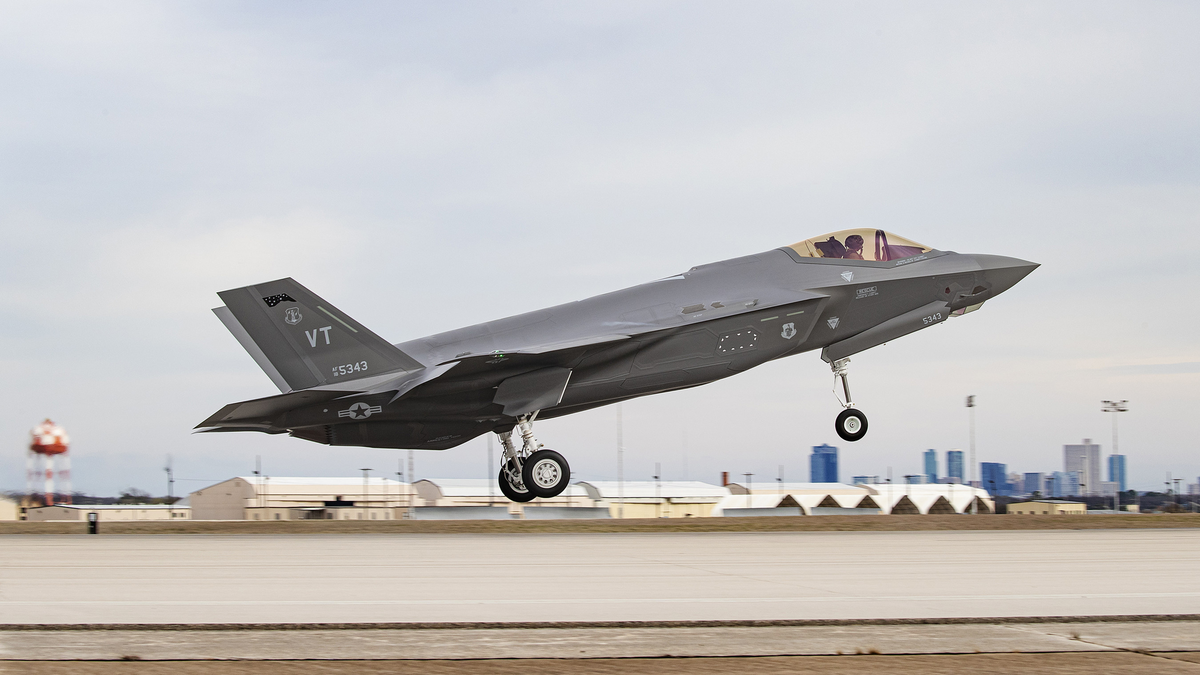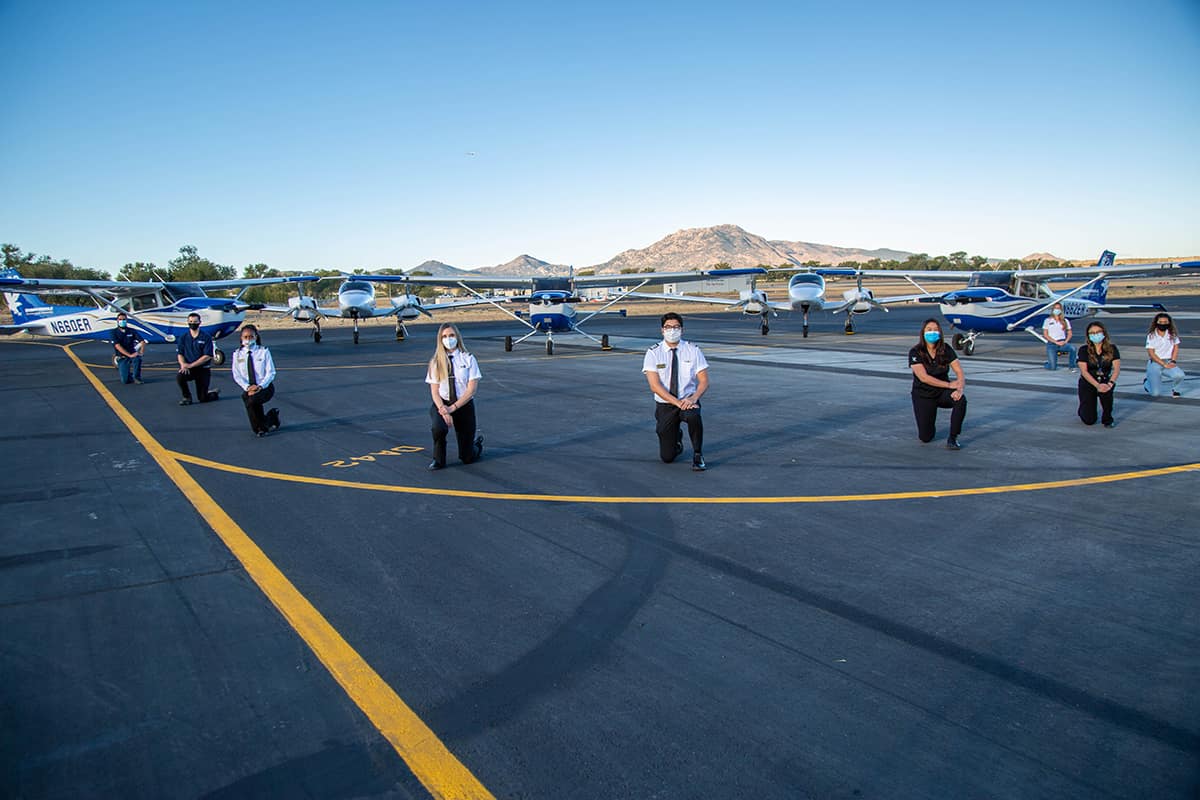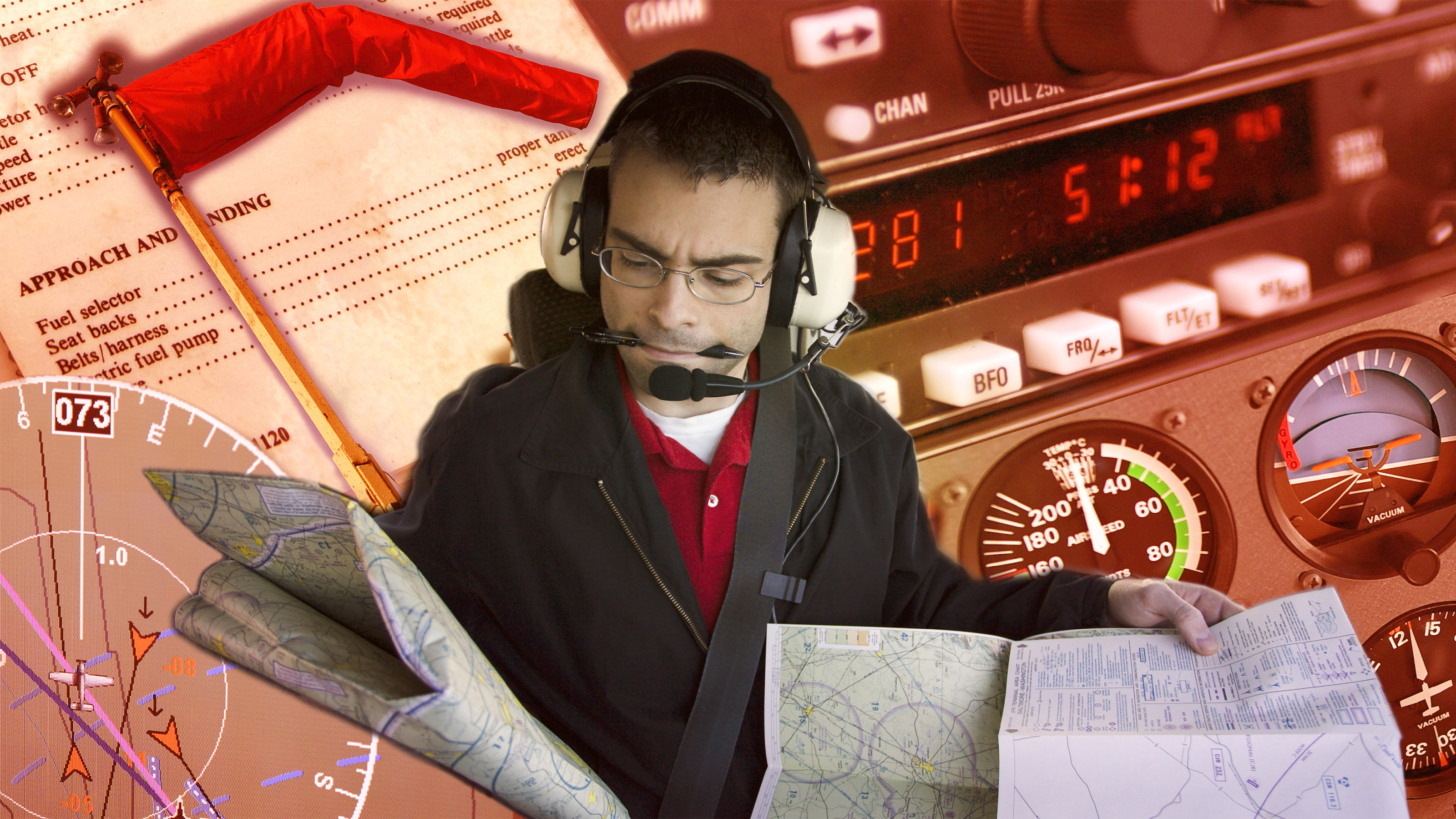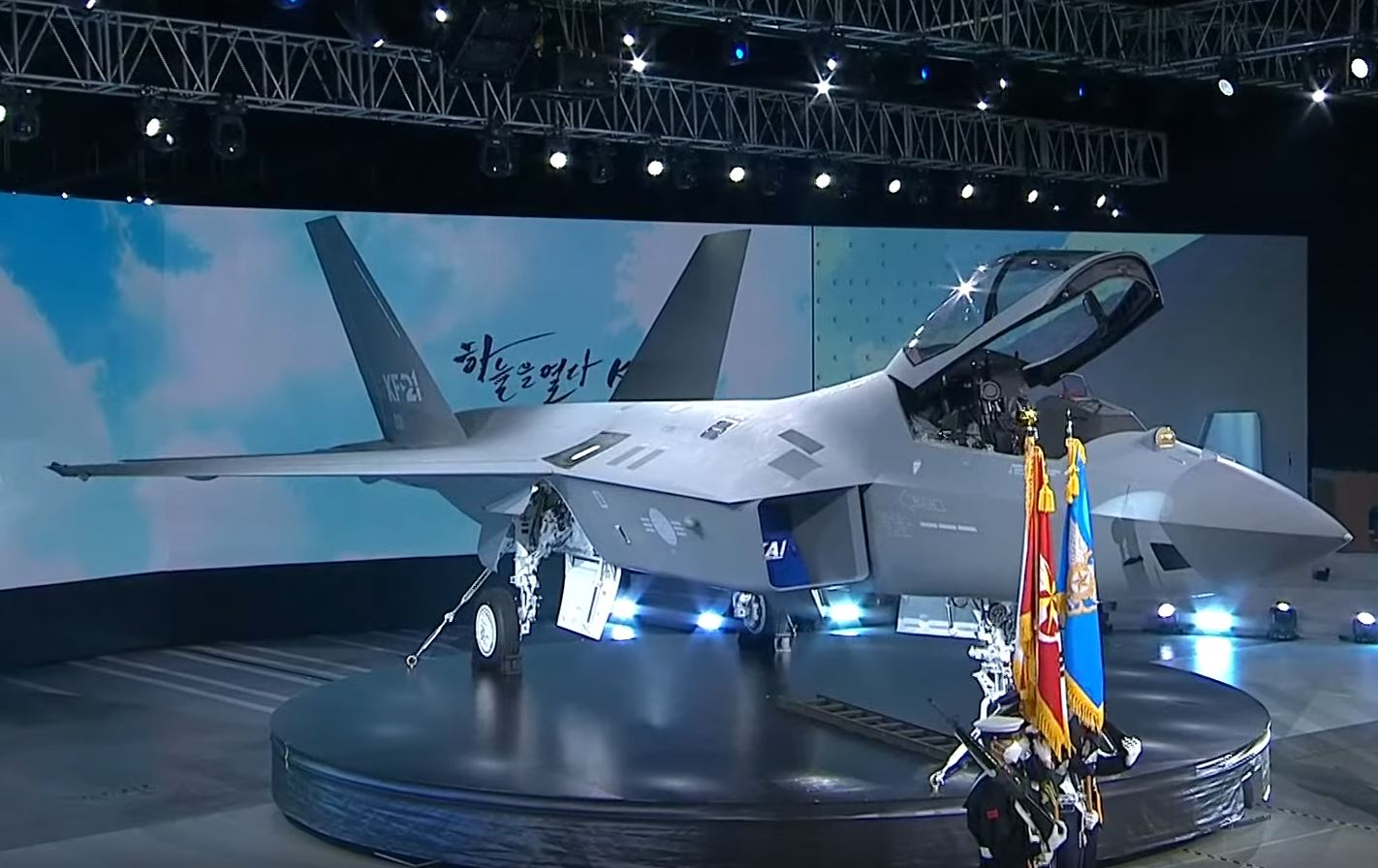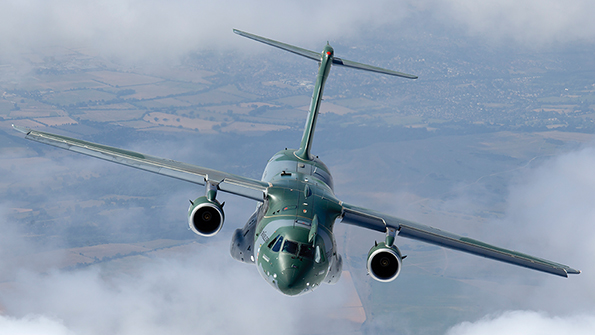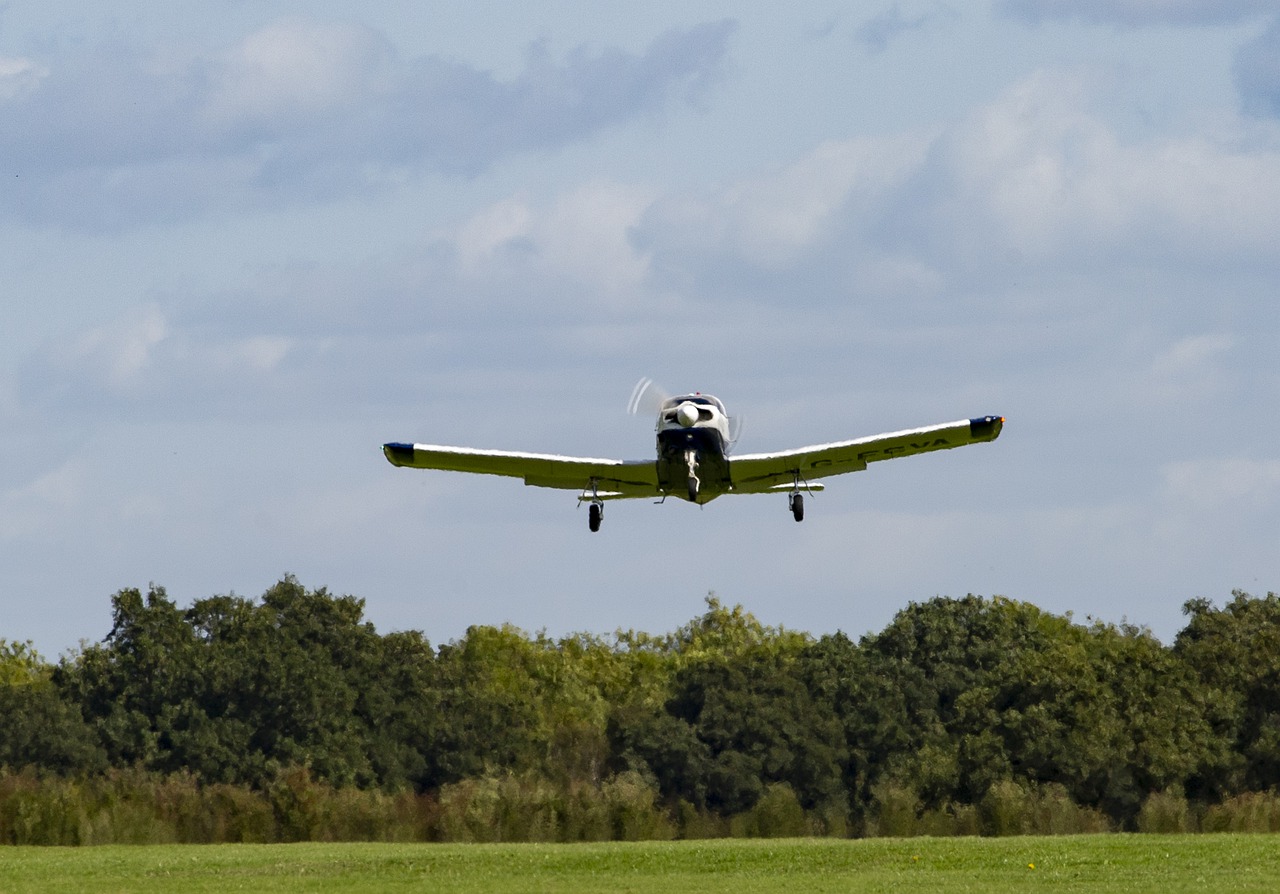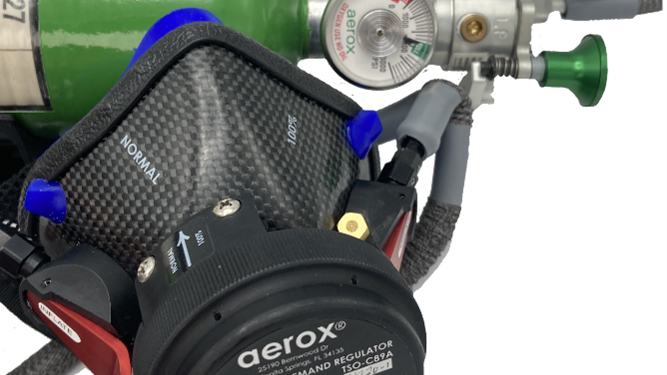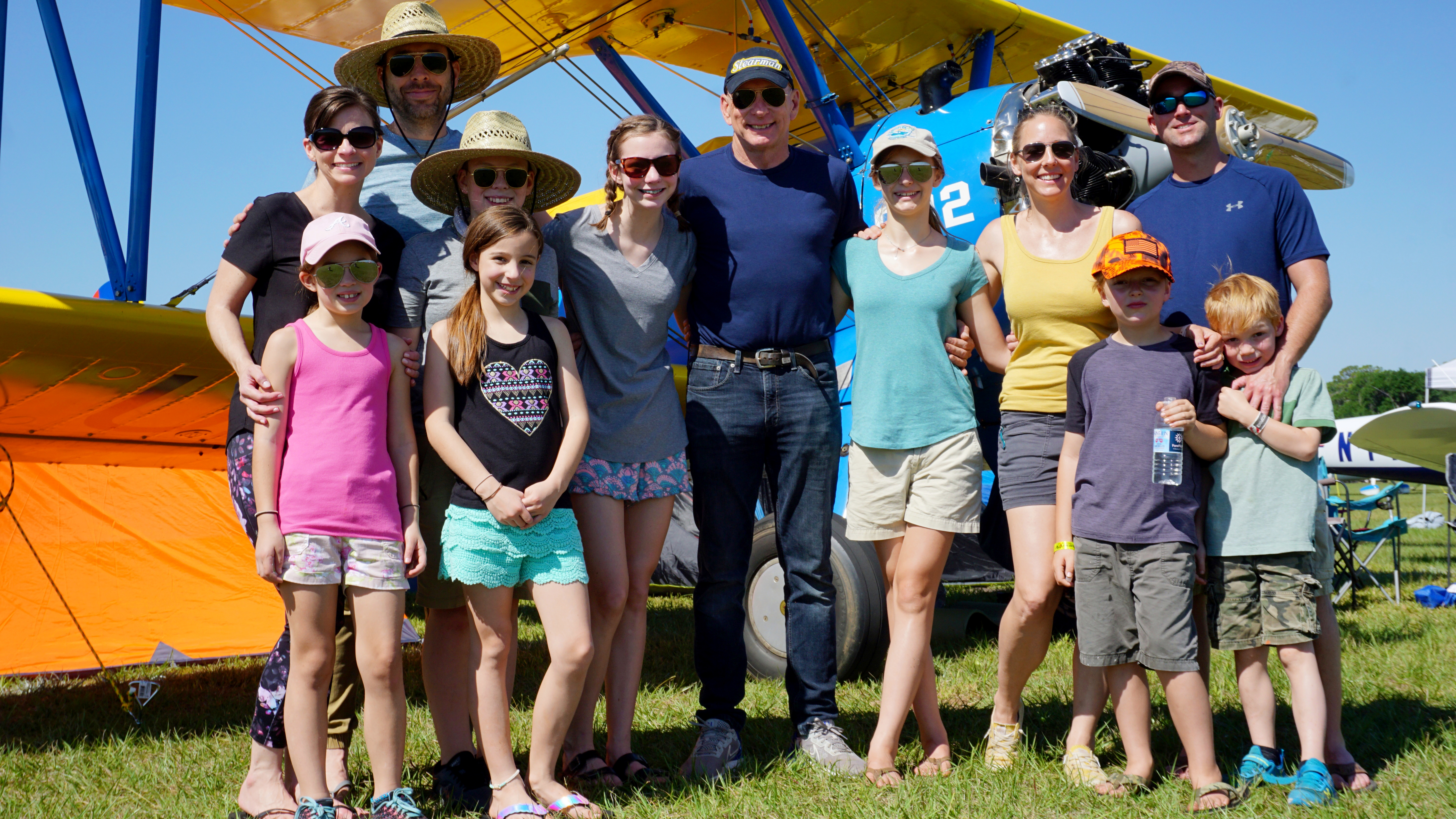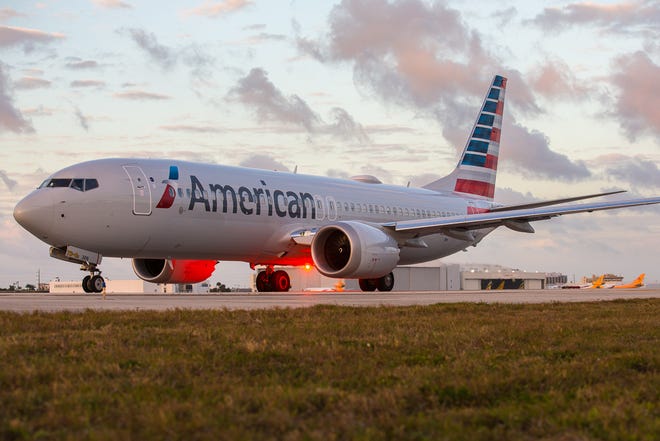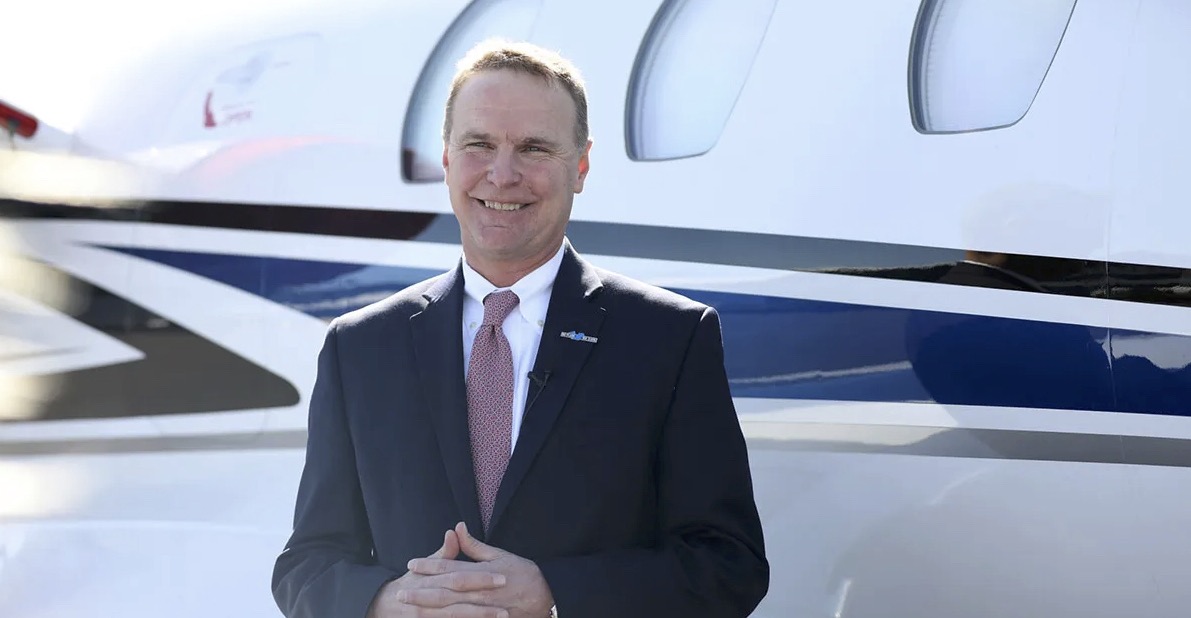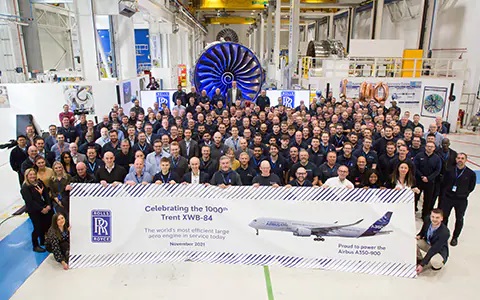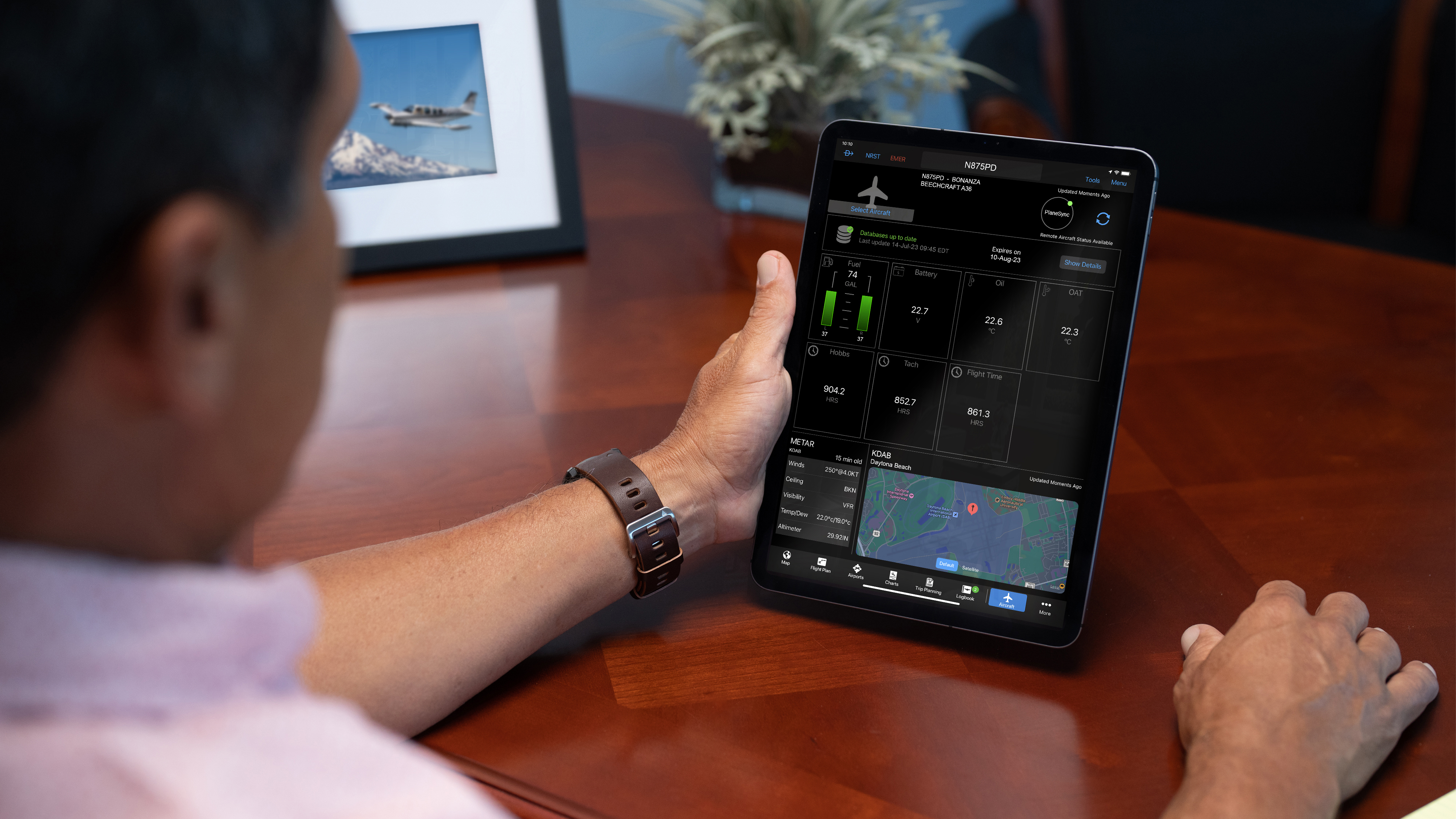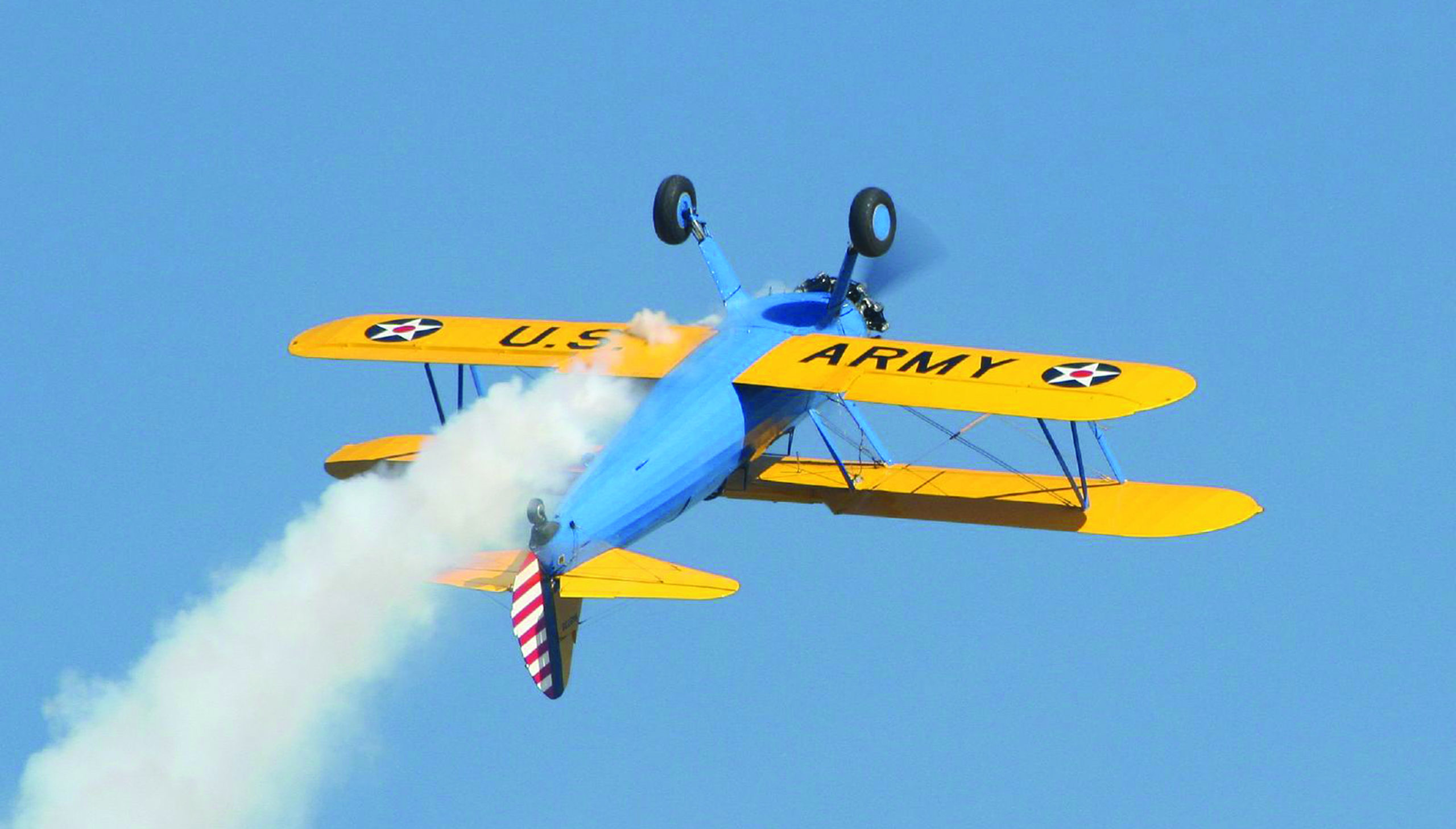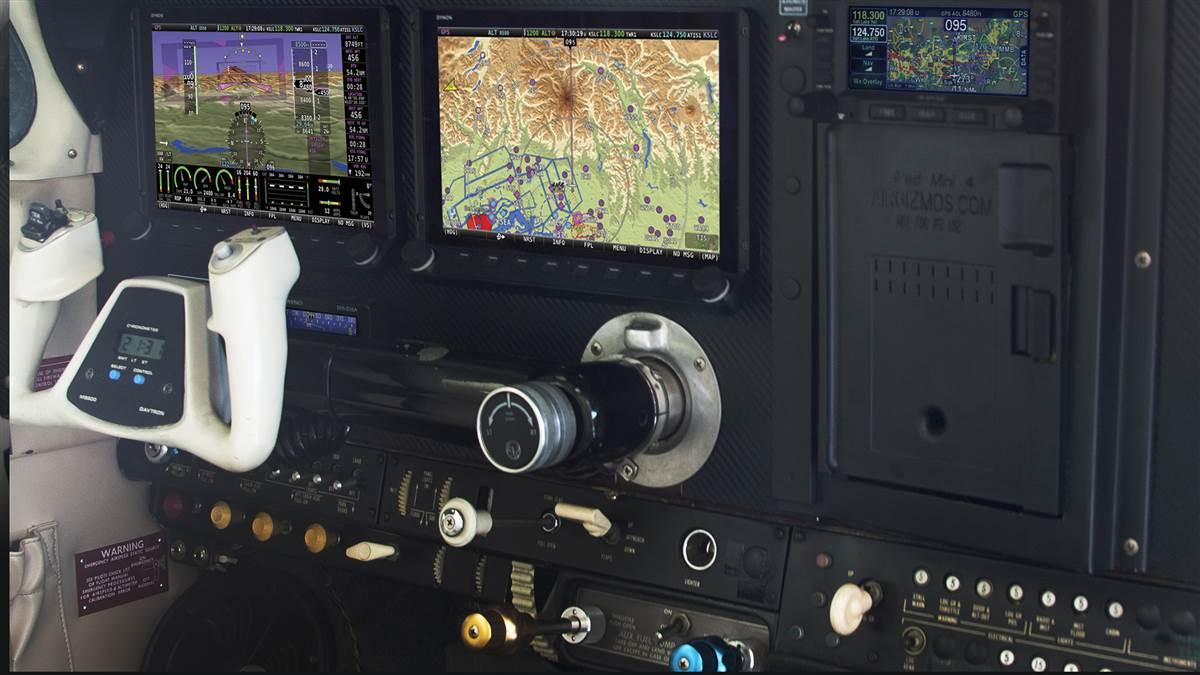Dassault Falcon 6X
Dassault Falcon 6X user+1@localho… Sun, 10/16/2022 - 21:17 The Falcon 6X is a twin-engine business jet being developed by French manufacturer Dassault Aviation. Announced on Feb. 28, 2018, the Falcon 6X is Dassault’s replacement for the Falcon...
The Falcon 6X is a twin-engine business jet being developed by French manufacturer Dassault Aviation. Announced on Feb. 28, 2018, the Falcon 6X is Dassault’s replacement for the Falcon 5X, following the December 2017 cancellation of the latter airframe because of issues and delays with its Safran Silvercrest engines. In contrast to the engines intended to be certified for the 5X, the 6X is powered by a pair of Pratt & Whitney Canada PW800 engines, an engine series that had its first variants certified by Transport Canada on Feb. 15, 2015, and which had its “service debut” on Gulfstream’s G500 in September 2018. According to Dassault, despite that and other differences with the 5X, “the 6X is largely based on the Falcon 5X aerodynamics and system features which were validated during the 5X preliminary flight-test program.” In addition to retaining that work done on the 5X, the company stated at the time of its launch that the 6X airframe has “been optimized to take advantage of the [Pratt & Whitney Canada] engine.” Prior to the airframe’s first flight, the first 6X was rolled out on Dec. 8, 2020, at Dassault’s facilities at Bordeaux-Merignac Airport in France. Subsequently, Falcon 6X Serial No. 01—registered as F-WSIX—made the type’s first flight on March 10, 2021, from the same airport, a flight that lasted roughly 2 hr. 30 min.
Cabin and Baggage Capacity
Promoted as having the “highest and widest cross-section of any purpose-built business jet,” the Falcon 6X will accommodate up to 19 passengers in a cabin that has a height of 6 ft. 6 in., width of 8 ft. 6 in., length of 40 ft. 4 in. and a total volume of 1,843 ft.3 The latter two specifications are based on the exclusion of the cockpit and baggage areas, while the cabin volume is increased in comparison to the 5X’s 1,766-ft.3 volume thanks to the 20 in. increase in the fuselage length. Beyond increasing the cabin’s volume, that 20-in. stretch also allowed for the size of the aft stateroom to be increased. Despite Dassault’s intention to certify the 6X to accommodate up to 19 passengers, the company promotes the cabin as having the ability to seat between 12 and 16 passengers in a number of possible configurations, with standardized layouts available that have 12, 13 and 14 seats. They also state that the cabin itself can be divided into three “lounge areas” and accommodate a number of configuration options, including a crew-rest area, as well as an entryway and rear lounge that are marketed for their size, the latter of which is promoted as providing passengers with increased privacy during longer flights. Supplementing the space available in the cabin is a pair of baggage compartments, one of which is located aft of the rear lavatory, has a volume of 155 ft.3 and which passengers have “full-time access” to. That accessible aft baggage compartment is complimented by a second 76-ft.3 baggage area, which is unpressurized and located “aft of the pressure vessel.”
Regardless of which configuration options are selected, the standard features of the cabin include a four-chair club section and stateroom in the forward and aft portions of the cabin, respectively. Located in the middle cabin is a “four-seat conference grouping on the left, flanked by an occasional-use bench seat on the right.” The size of the cabin’s main seating area will vary based on the size of the galley that is installed—each of the “floor plans” incorporates a galley in the forward part of the cabin—with the length of that seating area in airframes which have a standard galley being approximately 27.5 ft., a dimension that is reduced to 26.3 ft. when an extended galley is installed. Other features of cabins that have the “extended-galley layout” include increased-size galley storage cabinets located on the left and right sides or a bunk for crew rest. In the aft portion of the cabin, three configurations for the stateroom are available that each include a “three-place sofa sleeper.” Other outfitting of the aft cabin depends upon the overall configuration of the cabin, with a possible 12-seat configuration supplementing the sofa with an executive chair and worktable that “flank the sofa.” In a 13-seat configuration, the sofa is complemented by a pair of “facing chairs” that are located “across from” it, while a 14-seat layout offers a second sofa sleeper that has three places.
Beyond those aspects of the 6X’s cabin configuration, other cabin features include the number of windows—30, which are promoted for their size—as well as the presence of a skylight above the galley area, with Dassault stating that the latter feature is an “industry first.” Passengers are able to control the “cabin environment” and the entertainment systems using Dassault’s cabin management system and their personal devices, with the cabin also noted as being “equipped with new in-flight entertainment and communications network technology” that enables high-definition audio and video to be disseminated throughout the cabin. Passenger connectivity options are marketed under the FalconConnect system, which is provided by Honeywell and described by Dassault as allowing operators to utilize a number of networks, including datalink, Inmarsat L-band, Iridium Classic and Next, KA-bands from Jet ConneX and Viasat—as well as the latter company’s KU-band—and 3G and 4G networks while the airplane is on the ground. The cabin altitude at 41,000 ft. actual altitude is 3,900 ft. thanks to the 10.3-psi pressurization system. However, at the maximum certificated altitude noted below, the cabin altitude is 5,600 ft. Dassault also promotes the 6X’s cabin air management systems, which it says provides air quality that exceeds the minimum requirements by a substantial margin.
Avionics
The Falcon 6X is operated by flight crews using Dassault’s third-generation Enhanced Avionics System (EASy) III all-digital flight deck, which is based on Honeywell’s Primus Epic integrated avionics system. As is the found on the Falcon 8X, the 6X features four landscape-oriented 14.1-in. displays in a T-configuration. Of those four displays, the two outer displays which are located “directly in front of the pilots” are used for “short-term information” and described by Dassault as being primary display units (PDU). The PDU give pilots tactical information such as “traditional PFD [primary flight display] presentations,” as well as information on the airplane’s configuration, crew-alerting system (CAS) messages and engine parameters. Noted as being “stacked vertically,” the pair of inner displays are multifunction display units (MDU) that provide pilots with strategic information. Of the MDU, the upper display “is [typically] used to control and display navigational functions,” while the lower MDU shows airplane system pages and checklists, and also “handles [the] FMS [flight management system].” The EASy flight deck itself is controlled by a pair cursor-control devices (CCD) that are found on the pedestal and which allow for the control of the flight deck through “Windows-like pull-down and pop-up menus using a trackball controller.”
When the Falcon 6X was launched, Dassault stated that it would “be delivered with a full package of equipment” that includes Dassault’s FalconSphere II electronic flight bag (EFB) that are located to the left and right of the EASy III’s displays and which are “integrated into the console.” The features of the EFB include its ability to “interface with tablet devices for flight-plan uploading and data downloading.” Also standard on the 6X’s EASy III installation is the company’s FalconEye Combined Vision System, a technology that is promoted as being the first such system found in business jets and which enhances pilot situational awareness. Noted as being derived from military technology and developed in coordination with Israeli firm Elbit Systems, Dassault states that the FalconEye system represents the first head-up display (HUD) that has the capability to combine “into a single view” terrain imaging that is “synthetic [and] database-driven” with “actual thermal and low-light camera images.” According to the airframe manufacturer, the result is that pilots have much-improved situational awareness during “all phases of flight,” as well as during operations in weather conditions that are “challenging.” They also note that the enhanced vision system (EVS) aspect of the FalconEye will at some point offer “operational credits” that will allow for instrument approaches to have 100-ft. minimums.
The hardware that comprises the FalconEye includes a “multi-sensor” camera that has six sensors, is described as being fourth generation and which provides high-quality images “in both the visible and infrared spectrums.” Those images are then integrated “with three dedicated worldwide synthetic vision databases that map” airport, navigation and runway information, as well as obstacles and terrain. A HUD is a standard feature for the left-seat pilot and an option for the right-seat pilot, with the HUD’s field of view being 30 X 40 deg.—horizontal and vertical, respectively—and the resolution being 1280 X 1024 pixel.
Beyond the FalconEye and FalconSphere, the 6X also incorporates “one-engine-inoperative autothrottles” and sidestick controls, controller-pilot datalink communication (CPDLC) that is integrated, an FMS that is promoted as being “next-generation” and Honeywell’s IntuVue RDR-4000 weather-radar system. The capabilities of the RDR-4000 include hail and lightning detection that is predictive, Doppler turbulence detection to 60 nm and “hazardous weather and vertical definition of thunderstorms [that] can be seen at distances up to 320 nm.” The situational-awareness benefits of the 6X’s avionics are supplemented by the fact that the airframe’s windows have 30% greater space, a feature that is marketed as being beneficial both while airborne and during ground operations.
The 6X’s flight-control system—dubbed the Digital Flight Control System (DFCS) and which is “significantly more advanced than on earlier Falcon jets”—is a “three-axis, fly-by-wire system” through which “all flight-control surfaces” are controlled, including the flaps, nosewheel steering and slats. Dassault notes that those control surfaces are “multifunctional” in order to provide “peak performance,” with the DFCS’ control of those surfaces is promoted as “ensuring” efficiency and performance. The DFCS’s control of the nosewheel steering is described as having benefits during operations on wet runways—as well as when there is a significant crosswind—with the size and strength of the rudder being particularly beneficial in the control responsiveness provided during takeoff and approaches in gusty crosswind conditions. According to the airframe manufacturer, additional benefits of DFCS’ control of the 6X’s nosewheel steering include the speed and smoothness of “reactions to side gusts on the ground,” while the ability of the airframe to track the runway centerline is also improved.
Dassault states that another benefit of the DFCS is that it contributes to the overall smoothness of handling, with the system “harmonizing control inputs around the aircraft’s three axes,” while also supplementing “pitch and roll dampening, as well as yaw stability.” When in turbulent conditions, the flight-control system response is described as being “smoothed,” providing benefits for both pilots and passengers. Other advantages of the DFCS include reducing the workload of the 6X’s pilots, increasing safety during go-arounds and avoiding hazards, while the system’s flight-envelope protections prevent the wing from stalling and the airframe from exceeding its “structural speed limits.” One way that pilot input is reduced by the DFCS is through the system’s auto-trim function that “eliminates the need for constant pilot” changes to the airframe’s trim setting.
Mission and Performance
At the time of its launch, Dassault described the Falcon 6X as serving the large-cabin, long-range segment of business jets. From a range perspective, the 6X sits in between Gulfstream’s G500 (5,300-nm range) and G600 (6,600-nm range), airframes that are also powered by PW800-series engines. Although the 6X’s 1,843-ft.3 cabin volume is bracketed by those of the Gulfstream airplanes, it offers considerably more space than the 1,715 ft.3 found in the G500, while being more comparable to the G600’s 1,884-ft.3 volume. Where these Dassault and Gulfstream airplanes more substantially differ is in terms of performance, with the G500 and G600 limited to a higher maximum operating Mach number (MMO), as well as high-speed and long-range cruise speeds, than the 6X (0.925 Mach, 0.90 Mach and 0.85 Mach, respectively). Despite these differences, one limitation that will be common to all three airframes is a 19-passenger maximum certified capacity.
|
Competitive Comparison: Falcon 6X and Gulfstream G500/G600 |
|||
|
Commercial Designation |
Falcon 6X |
G500 |
G600 |
|
Maximum Passenger Capacity |
19 |
||
|
Range (nm) |
5,500 |
5,300 |
6,600 |
|
Engines (2x) |
Pratt & Whitney Canada |
||
|
PW812D |
PW814GA |
PW815GA |
|
|
Maximum Takeoff Weight (MTOW)(lb.) |
77,460 |
79,600 |
94,600 |
|
Maximum Landing Weight (lb.) |
66,190 |
64,350 |
76,800 |
|
Wingspan |
85 ft. 1 in. |
86 ft. 4 in. |
94 ft. 2 in. |
|
Length |
84 ft. 3 in. |
91 ft. 2 in. |
96 ft. 1 in. |
The operating limitations of this Falcon-series airframe include a planned maximum-certificated altitude of 51,000 ft., as well as an MMO of 0.90 Mach. In addition to that MMO, the 6X’s respective high-speed and long-range cruise speeds are planned to be 0.85 and 0.80 Mach. At 0.85 Mach, the 6X will have a range of 5,100 nm, while at 0.80 Mach—as well as in standard conditions, sea-level altitude and no wind, while carrying eight passengers and three crew, and with National Business Aviation Association (NBAA) instrument flight rules (IFR) reserves—the range is increased to 5,500 nm.
With a wing that is marketed as being “optimized for both high- and low-speed performance,” the takeoff distance—at the 6X’s maximum takeoff weight (MTOW), in standard conditions and at sea-level altitude—is predicted to be 5,480 ft., while the landing distance at sea level is expected to be 2,480 ft. In addition to that landing distance, an approach speed [reference landing speed (VREF)] of 109-kt. indicated airspeed (KIAS) is possible when operating at sea-level altitude, with NBAA IFR reserves and when carrying 8 passengers and three crew. The airframe’s low-speed performance is also described as being comparable to that of a three-engine airplane, with the wing’s leading and trailing-edge devices—slats and flaps, respectively—helping to enable the approach speed above. When compared to “most jets with comparable range,” the Falcon 6X’s approach speed is as much as 10 kt. less, “and nearly the approach speed of some short-field turboprops.” Dassault further states that the safety of takeoff and landing at small airports is enhanced by the stability of the 6X at the angles and airspeeds needed to operate at such airports. Additionally, the 6X will have a steep-approach capability of up to 6 deg., with its performance allowing for operations at airports such as Aspen, Colorado; London City; Lugano, Switzerland; and Saint-Tropez, France. Furthermore, the fact that the maximum landing weight is 85% of the MTOW allows the airframe to fly a shorter-duration flight ahead of a much longer one without the need to refuel, while also having the ability to operate from runways that have a length of less than 3,000 ft. when carrying a “partial fuel load.”
Variants
|
Dassault Falcon 6X Specifications |
|
|
Commercial Designation |
Falcon 6X |
|
Maximum Certified Passenger Capacity |
19 |
|
Maximum Range (nm) |
5,500 |
|
Engine (2X) |
Pratt & Whitney Canada |
|
PW812D |
|
|
Maximum Thrust (20C Flat-Rated) (lb.) |
13,000-14,000 |
|
Maximum Takeoff Weight (MTOW)(lb.) |
77,460 |
|
Maximum Landing Weight (lb.) |
66,190 |
|
Maximum Fuel (lb.) |
33,790 |
|
Wingspan |
85 ft. 1 in. |
|
Length |
84 ft. 3 in. |
|
Height |
24 ft. 6 in. |
Pratt & Whitney Canada PW800 Engines
The 6X’s PW812D engines produce 13,500 lb. of thrust and are marketed by Dassault for their contributions to airplane’s dependability, engine noise, fuel efficiency, performance, operating costs and sustainability. The company states that the maximum thrust, which is flat rated to 20C (68F), is 13,000-14,000 lb. From a design perspective, that engine shares the core technology of Pratt & Whitney’s GTF engine variants and is “based on the core of the” Mitsubishi SpaceJet’s [formerly Mitsubishi Regional Jet (MRJ)] PW1200G GTF engine; however, it does not include the GTF’s fan-drive gear system. In comparison to the PW814GA and PW815GA—which are certified to power Gulfstream’s G500 and G600, respectively—the 6X’s PW812D engine, beyond having a reduced-thrust capability, will have a fan that is 6 in. smaller (44 in.) than that of the PW815GA and a two-stage low-pressure turbine (LPT) instead of a three-stage LPT. Furthermore, while it will weigh 200 lb. less than the PW815GA, it will have a greater weight than the Silvercrest engine that was planned for the Falcon 5X. According to the Transport Canada type certificate data sheet (TCDS) that also includes the PW814GA and PW815GA, the PW812D was approved by that agency on Nov. 30, 2021.
Specific benefits of the PW812D that are cited by Dassault include the level of emissions from the TALON X combustor, fuel efficiency that is improved by double digits, the low noise and level of vibrations that are produced—which are noted as improving the passenger experience by lowering the amount of cabin noise—and scheduled maintenance that is reduced by 40% in comparison to other in-class engines. Several engine components—including the engine build-up (EBU) system, fan cowls, inlet and thrust reverser—are provided by UTC Aerospace System in what Dassault states is an “integrated powerplant solution” that improves fuel efficiency and decreases noise through the use of composite materials that are “lightweight.”
Falcon 6X Design
In addition to replacing the Silvercrest engines with the PW812D, other differences between the Falcon 5X and 6X include structural changes such as a wing structure that is “reinforced,” while the airframe’s center of gravity is balanced thanks to previously mentioned 20-in. stretch to the airframe’s forward fuselage. The 33,790-lb. maximum fuel weight of the 6X is spread out between an aft belly tank and “integral” wing fuel tanks that accommodate 28,200 lb., as well as “forward and far-aft belly tanks” that are “new” and which hold 5,590 lb. The 5,590 lb. of fuel carried in those latter tanks allow the 6X to have a range that is almost 6% greater than what was expected for the 5X.
Beyond being optimized for both high- and low-speed performance, the characteristics of the 6X’s wing—which is promoted as being a “new-generation” and “ultra-efficient wing”—include the ability to reach the previously noted MMO, high-speed buffet margins of 15% and “lift-to-drag characteristics” that are increased by 5-10% in comparison to the airfoils found on the Falcon 7X and 8X. Dassault states that a benefit of the increases in buffet margin and lift/drag is that “the impact of turbulence” on the airframe is lowered, while a wing area of 779 ft.2 makes the 6X’s wing the “largest airfoil ever fitted to a Falcon Jet.” Other features of the 6X’s wing—which has a leading-edge wing sweep of 33 deg.—that are promoted by the airframe manufacturer include its “structural architecture,” the fact that its trailing edge is curved and the degree to which the winglet is integrated “with the wing.” Indeed, the 6X’s wing is noted as having “the highest lift/drag ratio of any Falcon wing,” which the manufacturer notes is an important factor in fuel efficiency being improved. Additionally, the comfort of passengers is increased by the “constant and subtle wing contour changes [which] control airflow at high speeds.”
Supplementing those aerodynamics improvements and optimization of the wing, the 6X’s fuselage also has aerodynamics that are improved, including in the airplane’s nose area, which “is shaped so as not to disrupt airflow.” Another design feature which improves the airframe’s aerodynamics is the fact that windows are “smoothly faired into the forward fuselage section as it arcs toward the cabin.” Drag created by the FalconEye’s “enhanced vision camera system” is lowered because it “is mounted flush in the nose,” with drag also kept to a minimum around the fuselage and wing through of the use of composite fairings that allow air to “flow smoothly.” Further aft, the DFCS provides yaw control that is promoted as being precise and powerful using the 6X’s tail surfaces that “are sized and shaped for minimal drag.” Yet another area where drag was minimized is the area between the airframe and engine nacelles where Dassault used the concept of area ruling—“in which the fuselage of the airframe tapers inward”—to prevent the airflow in that area from “reaching extreme velocities that lead to high drag.”
The flight controls of the 6X are also promoted as introducing a first, with the airframe representing the “first purpose-built business aircraft to be fitted with trailing-edge flaperons,” control surfaces that have been “refined” on Dassault’s Rafale fighter and which can perform the functions of both ailerons and flaps. Further described as “active, high-speed-deflection control surfaces similar to ailerons” that are “integrated with the DFCS,” flaperons—which are constantly active—improve the roll-control authority (aileron role), while also having “the lift and drag-producing effects of flaps.” Dassault states that latter role is where the benefits of flaperons are most readily seen, especially when the airframe is performing a “steep-descent profile,” where the control surface can retain a “high lift coefficient while increasing drag.” The 6X’s flaperons also provide assistance when performing approaches with normal glideslopes, as they can “augment handling all the way down to touchdown.” Among large-cabin Falcons, the 6X will also be the first that does not have “the center section of the triple airbrakes” on the upper surface of each wing. The functions that were formerly performed by that section of airbrakes will instead be taken care of by the outboard ailerons, which will “move up,” while the “flaperons deflect down to provide a virtually buffet-free increase in drag for rapid deceleration and/or descents when airbrakes 1 (AB1) are selected.”
Program Status
The Falcon 6X is produced alongside the other in-production Dassault business jets at the company’s manufacturing facilities in Merignac. Although the type’s first flight took place from the Bordeaux-Merignac Airport, Dassault noted at the time that the airframe would be relocated to Istres-Le Tube Air Base in southern France near Marseille, the location of the company’s flight-test center. While the flight testing largely takes place at Istres-Le Tube, the first flights of all flight-test and production airframes originate from Bordeaux-Merignac Airport.
Following the first flight of Falcon 6X Serial No. 01, the second flight-test airframe—Serial No. 02, registered as F-WIDE—performed its 2-hr. first flight on April 30, 2021. Falcon 6X Serial No. 3—registered as F-WAVE and which was outfitted “with a full interior”—subsequently made its first flight on July 1, 2021. Similar to Serial No. 2, Serial No. 3’s first flight lasted 2 hr., with Dassault stating that the airframe would be utilized for the validation of the cabin design. Beyond being fitted with and testing the communications and in-flight entertainment systems, the cabin of the third flight-test airframe would serve “to evaluate environmental features and temperature control,” while also “validat[ing] [the] cabin acoustics systems.” Other aspects of the cabin evaluated by Serial No. 3 include testing of airflow and pressurization of the cabin, as well as performing “acoustic and thermal testing.” Registered as F-WZOA, the fourth Falcon 6X is the first production airplane and is utilized “to demonstrate operational maturity of aircraft systems.” On Jan. 28, 2022, the fifth 6X—Serial No. 5, registered as F-WZOC—was flown from Bordeaux-Merignac Airport to Dassault’s facilities in Little Rock, Arkansas. Located in Little Rock is the company’s 1.25 million-ft.2 completion center, which is described as being a “state-of-the-art hangar that came online in 2015.” At the time that airplane was flown to Little Rock, the airframe manufactured stated that it was anticipated that the 6X would enter service during 2022.
References
- AWIN Article Archives
- Dassault and Gulfstream Commercial Materials
- FAA TCDS [GVII (G500/G600), PW814GA/PW815GA]
- Transport Canada TCDS (PW812D/PW814GA/PW815GA)




 admin
admin 











